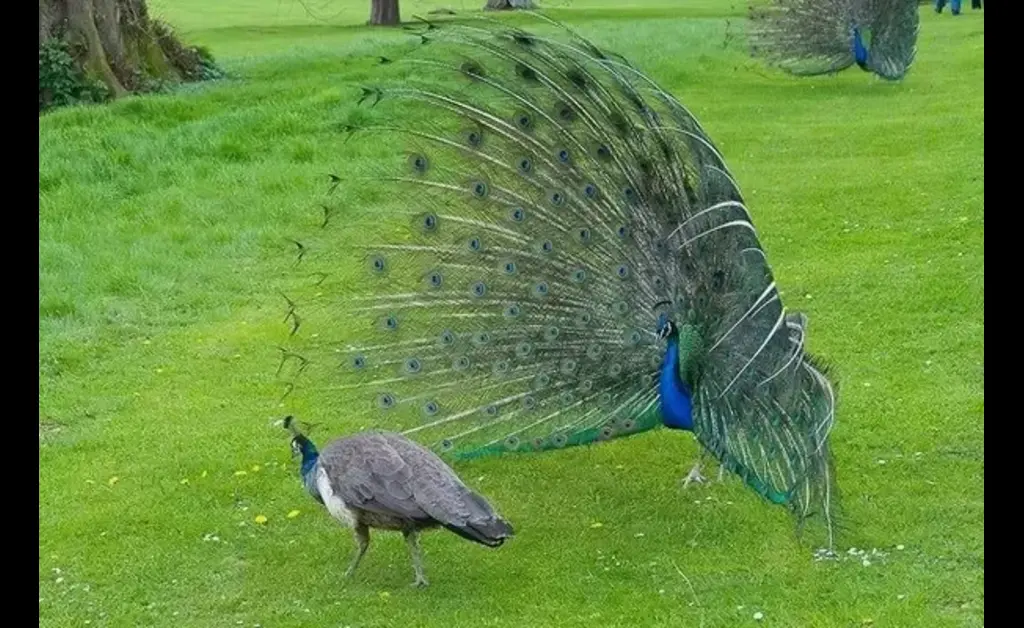Which Animal Displays the Most Interesting Gender Differences?
In this detailed article, we will discuss the interesting facts about the animal’s reproductive nature and the versatility they possess by nature. As a human being it is always amazing to know how all other genders differ each other in traits and innate nature just because of their gender.
In the universe, there are a lot of species that show this trait but here we will cover the most obvious and commonly known to us . We often observe them but don’t know about these facts.
Important Points To Consider
“Most interesting” animal when it comes to gender differences, but here are some key takeaways:
Diversity of Differences: The animal kingdom is full of surprises! Gender differences go beyond just size and coloration. We have species with role reversals (females in charge), parasitic relationships, and even sequential hermaphroditism (changing sex throughout life).
Evolutionary Adaptations: These differences aren’t random. They’re shaped by evolution to help animals survive and reproduce. For example, flamboyant displays by males might attract mates, while size differences can relate to fighting or caring for young.
Beyond Size: While size differences are common (sometimes extreme!), it’s not the only story. We have fascinating examples of behavioral and even life-cycle changes based on sex.
Cattle
I’ve always been amused by the gender differences with Cattle. Cows are relatively non-threatening, typically not aggressive, and many will let you pet them.
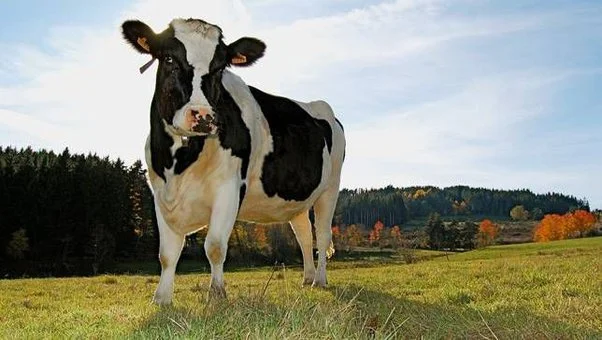
Bulls – not so much. Many resemble steroid-injected versions, muscled, with horns they aren’t afraid to use. And I don’t fault them. Their genes charge them with protecting herds of relatively defenseless cows. The Dimorphism between cows and bulls never seems more on display than in Bull Riding, a popular sport in the United States.
It is a relatively simple sport, if you stay on the bull for 8 seconds you win. But it is two sports. There are the riders. And there are the bulls. Each set has its ranking systems and point allocations. Now if you are someone who roots for the bull, I have someone for you to meet.
Insert Bush-wacker. As a calf, his owners noted that he was particularly irritable and aggressive. He frequently would not cooperate, or try to charge and challenge his trainers. They knew they had a special bull on their hands though. They continued training and raising the calf. He eventually emerged into a 775 KG ball of muscle, attitude, and sheer athleticism.
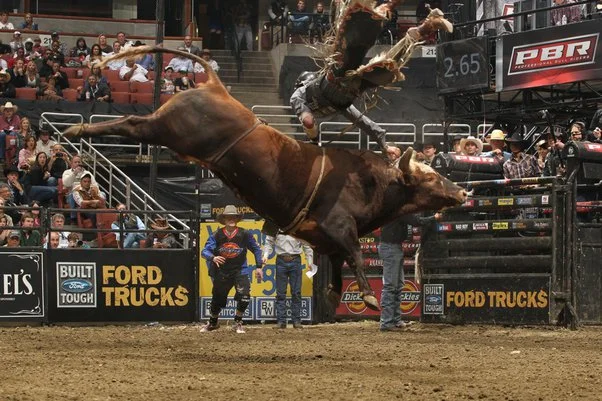
When he entered the sport of bull riding, he immediately made a name for himself, making quick work of every rider. His attitude, combined with his incredible athletic ability, made him a terrifying ride. But what does it mean to be an athletic bull? For starters, he was able to go almost completely vertical with his hind legs when bucking.
He had explosive power. Upon opening the gate, he went from a standstill to an unpredictable twitch and explosion in random directions. He could leap, repeatedly, as if bouncing off the ground, several meters straight up into the air while spinning.
I’m not sure I’ve seen a cow leave the ground like that. Bush wacker went on a meteoric run, being featured on ESPN and many other outlets as he set the world record for most consecutive buck-offs. For 42 straight rides, he sent a Who’s Who list of champion Bull Riders flying off of him like dolls.
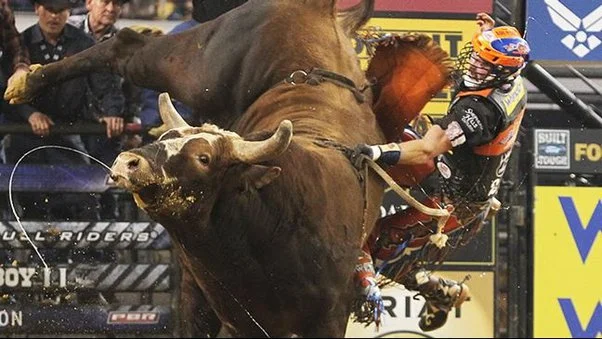
He is considered the Michael Jordan of the Bulls in this sport. So where is he now? He is now in retirement. And it is a cozy retirement at that. His chief job is to relax in pastures, be comfortable, eat grass, and make babies with any of his 20 cows.
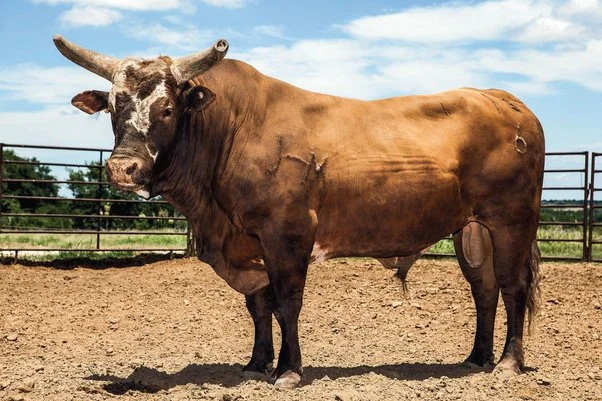
And despite his warrior past: He’s a rather gentle father. If I were to take this question in a new direction.
New Mexico Whip Tail
I would venture that the most gender-unbalanced animal might be the New Mexico whip tail. The females look like this:
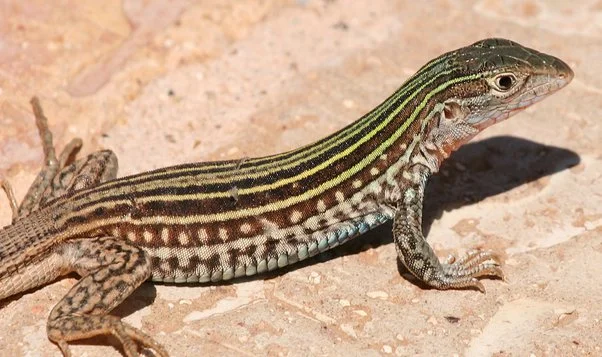
While the males, on the other hand, don’t exist. You read that right, this lizard is a pure lady. It’s like Simone de Beauvoir and Adrienne Rich got a guest writing spot in Evolution. The species came to exist by cross-breeding between the Little Striped Whip-tail and the Western Whip-tail, seen here on either side of it:
Unlike most other inter-species hybrids, however, the New Mexico Whip-tail is capable of reproduction by parthenogenesis (literally “virgin birth”). The all-female species can lay eggs that will hatch, though this also means that each hatching will be a genetic clone of its mother.
It’s an interesting example of how well some species are capable of carrying on an altogether asexual existence, rendering genders unnecessary. So the next time someone tells you men are a waste of space, just remember that they might be a small lizard disguised as a human.
Angler Fish
Everyone knows about the angler fish, but most people aren’t familiar with it.

I present to you the White-Marked Tussock Moth, Orgyia Leucostigma. With a name that has “Orgy” in it you know this has gotta be good. This is the tussock moth, so-called for its fluffy antenna that resembles tussocks, the tufts of grass that grow in more pronounced clumps than the rest of the ground.
It looks resplendent, with its big wings, and regal feathery antenna, much different from the caterpillar that it was just a few days prior. The male tussock moth goes around flying around trees and looking for hot ladies to impress. But what does a man moth have to do to get a date? He does nothing but sleep all day, but when night comes he goes out scouring the streets for the sexy ladies. It turns out the female tussock moth is a poor lady indeed. This is the female tussock moth:
Yes. She is that white furry creature hanging onto the bark of a tree. She has no wings (they are simply vestigial stumps) and she cannot fly around at all. Instead, she spends her days waiting inside the cocoon she emerged from, hoping she doesn’t get eaten by birds and other predators, until a strong man-moth shows up, breaks into her home, and impregnates her.
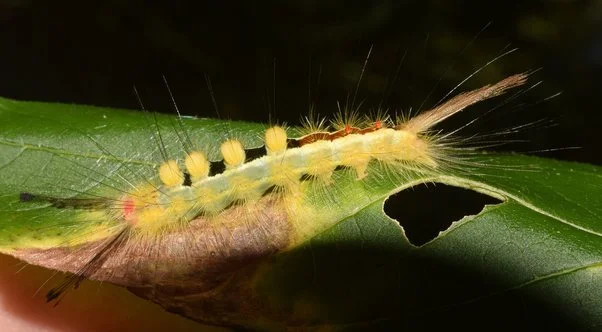
Since she doesn’t fly around and barely moves at all, she doesn’t eat at all! She needs to maintain her figure after all or the man-moths won’t come knocking at her door. Eating is overrated anyway, right? Moth gorging occurs during infancy and puberty anyway. After having her once-in-a-lifetime one-night stand, she poops out her eggs and dies.
Yep, she just grows up to become an adult to hide in her house until she gets lucky and has sex, then she lays out her eggs in her cocoon and dies. To be fair, the men also died a few days after spending their load, but at least he had the freedom to fly around and enjoy the sights and the sounds before he died! It’s a sad life, but someone has to do it, for the species’ survival!
The Eclectus Parrot
Male (Green/Left) – Female (Crimson/Right)
Native to the Solomon Islands, New Guinea, and Australia, the Eclectus is the most Sexually Dimorphism of all the parrots. They look so different that for hundreds of years, European Ornithologists believed that the two birds were different species!
It is often the case with birds that the males are more colorful and vivid than their female counterparts, as in the example of the peacock and peahen. Eclectus Parrots, however; are both extremely colorful and also wildly different, not just in the color of their feathers but also the color of their beaks and irises (eyes). Although the male (green) has more color overall (especially under the wing), people often vote for the female as more stunning.
The Anopheles Mosquito
Female Anopheles killed 445000 humans in 2016 in contrast to zero humans killed by Male Anopheles. Interesting, isn’t it?
The Male
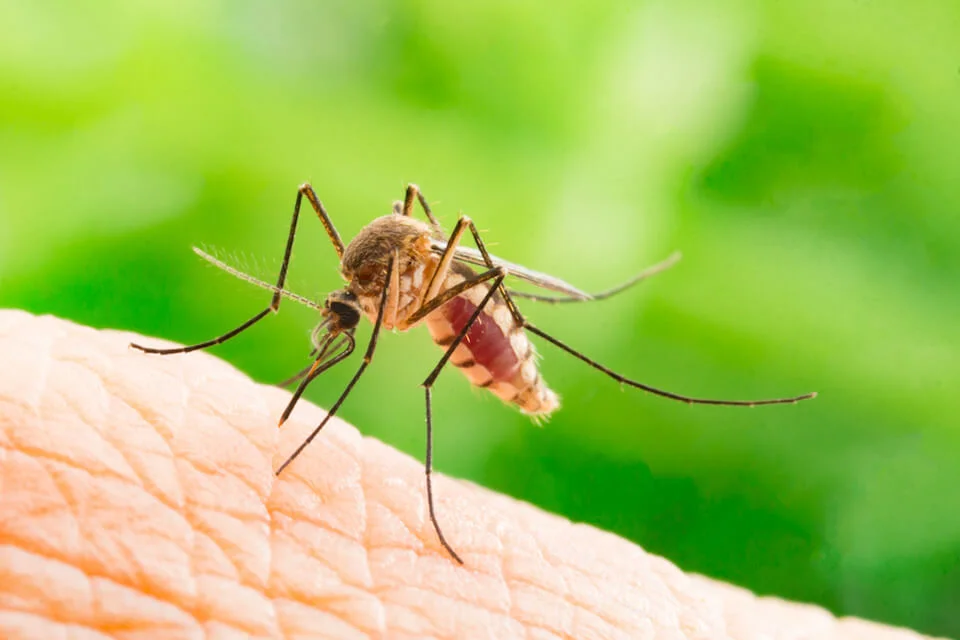
The Female
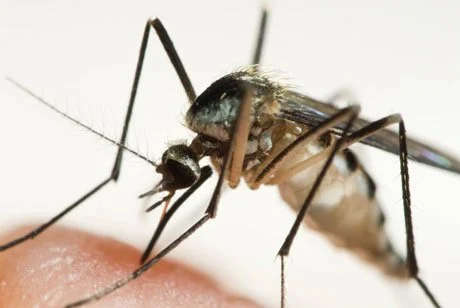
Biologically, the difference lies in the proboscis (feeding tube) of the male and female. The female has a thin and smooth tube compared to the wider and feathery tube of males. The difference is visible only under a microscope but the consequences are much more disastrous than a nuclear explosion.
The female needs mammalian blood to feed her eggs and hence has a proboscis which can penetrate the skin. This results in it being the transmitter of the deadliest disease on the planet – Malaria. The males on the other hand feed on nectar. No other gender differences are more devastating and effective than this.
Peacock and Peahen
– Peafowl is the general term for the bird species that includes peacocks and peahens.
– Peacock is the male peafowl, known for its stunningly colorful and elaborate tail feathers.
– Peahen is the female peafowl, with duller feathers compared to the male.
– There are 3 types of peafowl: Indian (blue), Green, and Congo.
Peacock
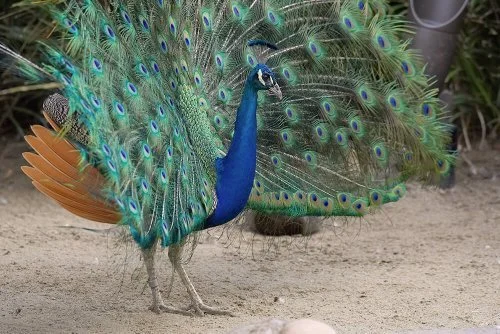
Peahen
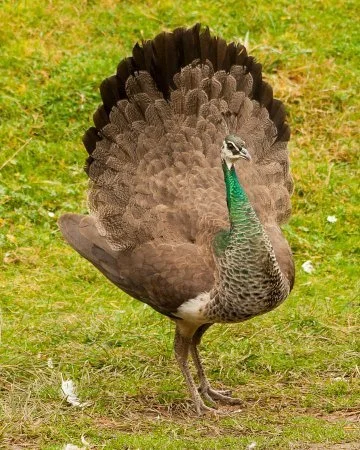
Conclusion
The animal kingdom is a dazzling display of evolutionary innovation, and gender differences are no exception. From the outlandish size disparity of the angler-fish to the role-reversal seen in hyenas, each species showcases unique adaptations. There’s no single winner in the “most interesting” category, as the fascinating spectrum of sexual Dimorphism extends far beyond flamboyant plumage or size differences. Whether it’s parasitic dependence, sequential sex changes, or the dominance of females, these differences highlight the remarkable strategies animals have developed to ensure their survival and reproductive success. So, the next time you wonder which animal has the most interesting gender differences, remember – the answer lies in the incredible diversity of the natural world itself.
